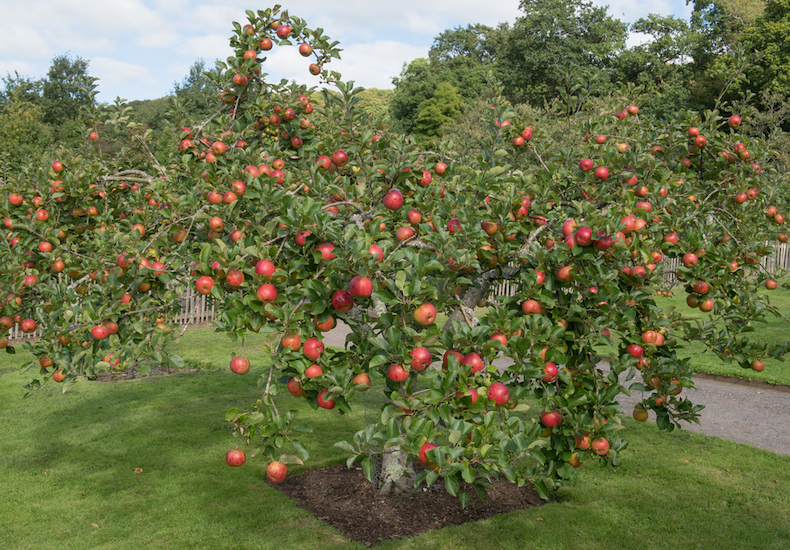Bananas are among the top fruits eaten worldwide, and they grow on plants known as banana trees. Maybe you’re curious about the amount of bananas and bunches that come from a single banana tree.
We’re going to dive into how much fruit a banana tree can give. This will include a look at what affects a banana tree’s fruit production and some cool facts about this tasty fruit.
Table of Contents
- How Does a Banana Tree Grow?
- How Many Bananas and Bunches Will You Get from One Tree?
- What Influences How Many Bananas a Tree Produces?
- 1. Soil and Weather
- 2. Banana Variety
- 3. Dealing with Diseases and Pests
- 4. Feeding the Plant
- Why Do Banana Trees Die After Making Fruit?
- Frequently Asked Questions About Banana Trees
How Does a Banana Tree Grow?
A banana tree starts off as a small plant called a sucker, which sprouts from the root of a grown-up banana tree. This little sucker grows into a tall, tree-like stem called a pseudostem. It can get as high as 30 feet and has big leaves that help make food for the plant through photosynthesis.
Between 9 and 15 months later, the tree grows a flower spike at its top. This spike turns into bananas. It takes about 3 to 6 months for bananas to become ripe and ready to pick. You can tell they’re ready when they’re big and start turning yellow.
How Many Bananas and Bunches Will You Get from One Tree?
A banana plant usually makes one bunch per stem. The exact number of bananas you get can change based on the type of banana and how it’s grown, but there are normally around 150 to 250 bananas in a bunch.
What Influences How Many Bananas a Tree Produces?
Different things can change how many bananas a tree has. These include the type of soil and weather it grows in, the banana variety, how diseases and pests are dealt with, and how the tree is fed.
1. Soil and Weather
Bananas do best in soil that lets water through easily and has lots of decomposed plants in it. The soil should also be slightly acidic to neutral. The trees need warm weather (between 79-90°F or 26-32°C) and moist air. Too much or too little rain can also mess with how many bananas grow.
2. Banana Variety
What kind of banana tree you have matters a lot. Some types make more bananas than others. Some are better at resisting diseases and bugs.
3. Dealing with Diseases and Pests
Keeping diseases and pests away is key to lots of bananas. Nematodes, banana weevils, Panama disease, and black Sigatoka are a few problems for banana trees. Watching the trees carefully and using the right ways to handle these pests and diseases is important.
4. Feeding the Plant
Banana trees need things like nitrogen, potassium, phosphorus, and magnesium to grow bananas. Using the right amount of plant food and taking care of the soil can help the tree get what it needs. But if you use too much plant food or use it wrong, it can mess up the soil and hurt the tree.
Knowing about these things and taking care of your trees the right way can help you grow more bananas. Farmers try to pick banana varieties that do well in their area, watch out for and handle pests and diseases, feed their trees properly, and keep the soil and weather just right for the best banana production.
Why Do Banana Trees Die After Making Fruit?
Sometimes a banana tree will die after it makes fruit. Here are the reasons why:
- Getting Old: Banana plants can’t live forever. After a few years of making bananas, they might get weaker and die.
- Sickness: Banana trees can get sick from bacteria, fungi, and viruses. If they don’t get treated, they can get too weak and die.
- Bugs: There are a lot of bugs that like to eat banana trees, like nematodes, mites, and weevils. These critters can damage the tree so much that it stops making bananas and dies.
- Not Enough Food: Banana plants need the right balance of nutrients to make fruit. If the soil is missing important stuff, the tree might not make it.
- Hard Times: Bad weather like droughts or floods can be too much for a banana tree. If the bad weather goes on too long, it can kill the tree.
- Wrong Way to Pick Fruit: If you harvest bananas too early or in the wrong way, it can hurt the tree. Over time, that can lead to the tree dying.
To keep banana trees healthy and alive, it’s important to take good care of them. This means watering them, feeding them, trimming them, and keeping bugs away.

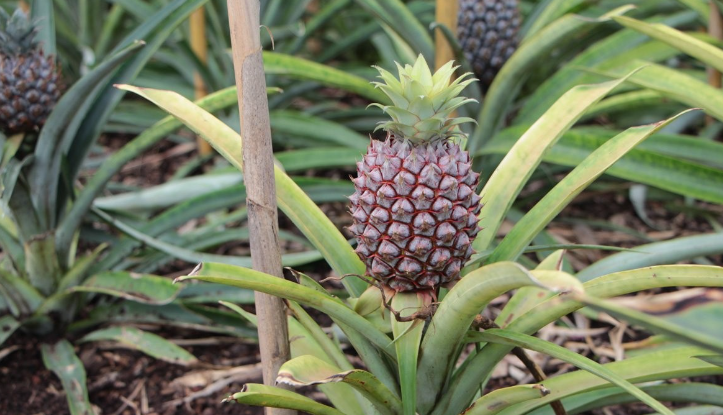
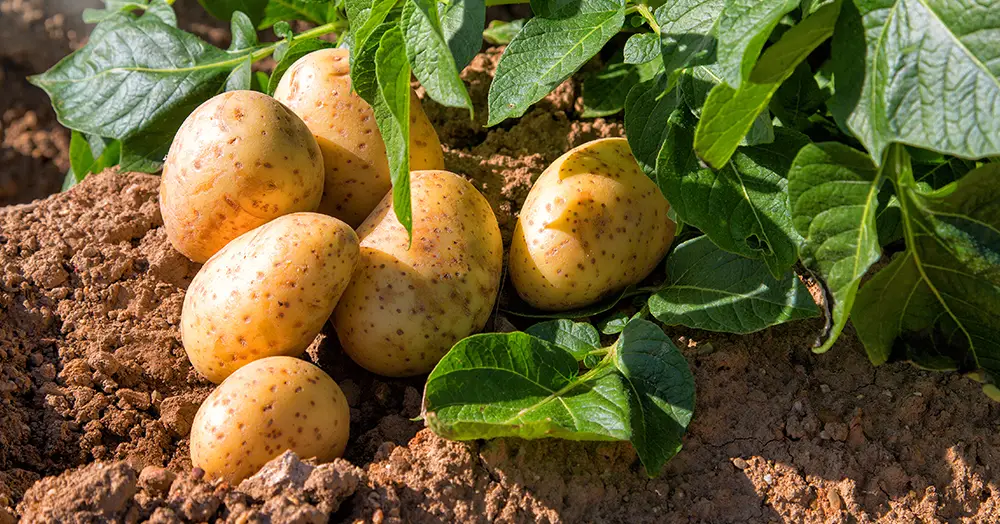
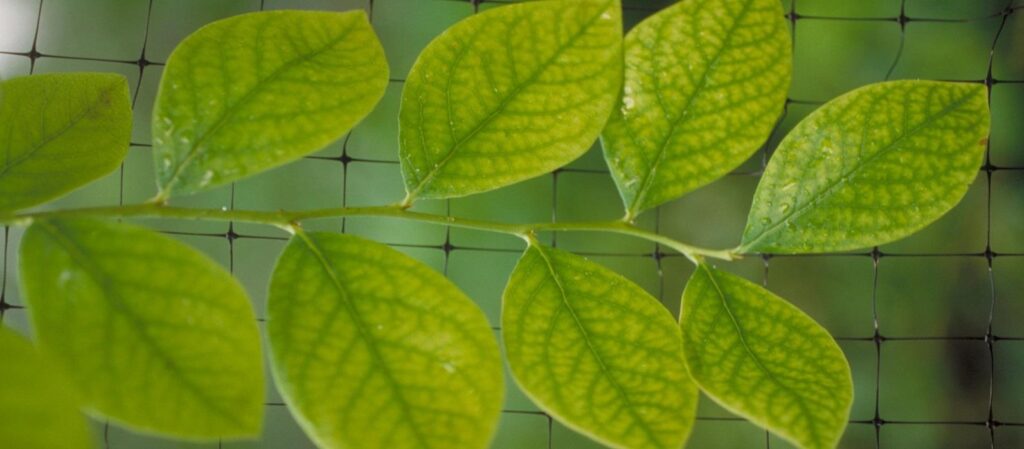
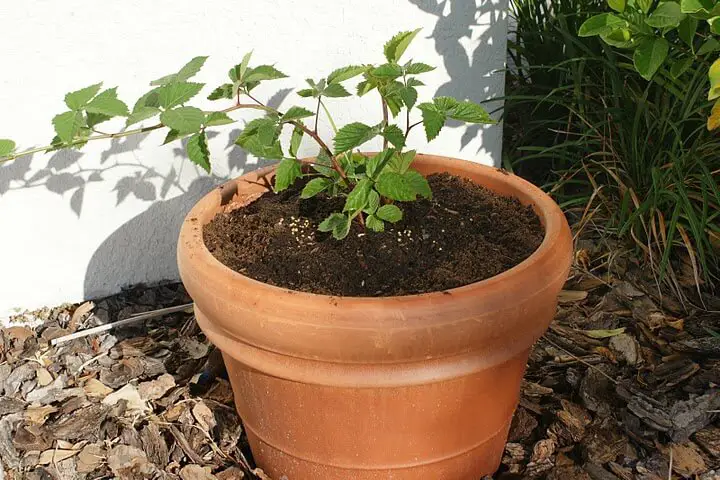
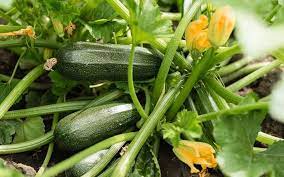

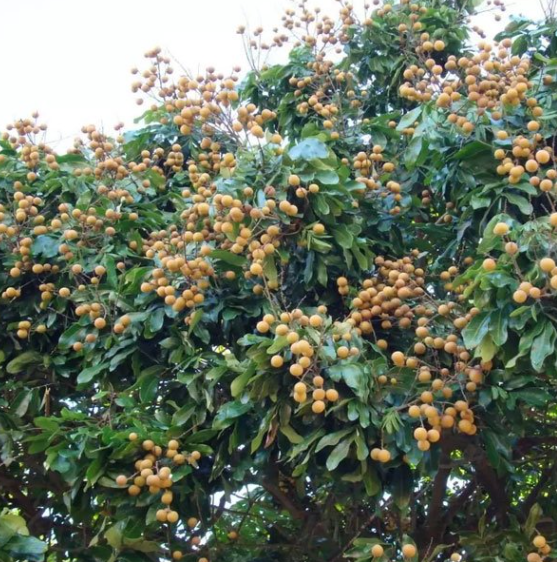
![What Kind Of Fruits Grow On Palm Trees? [10 Most Common Ones]](https://fruitonix.com/wp-content/uploads/2023/08/image-126-1024x683.png)
